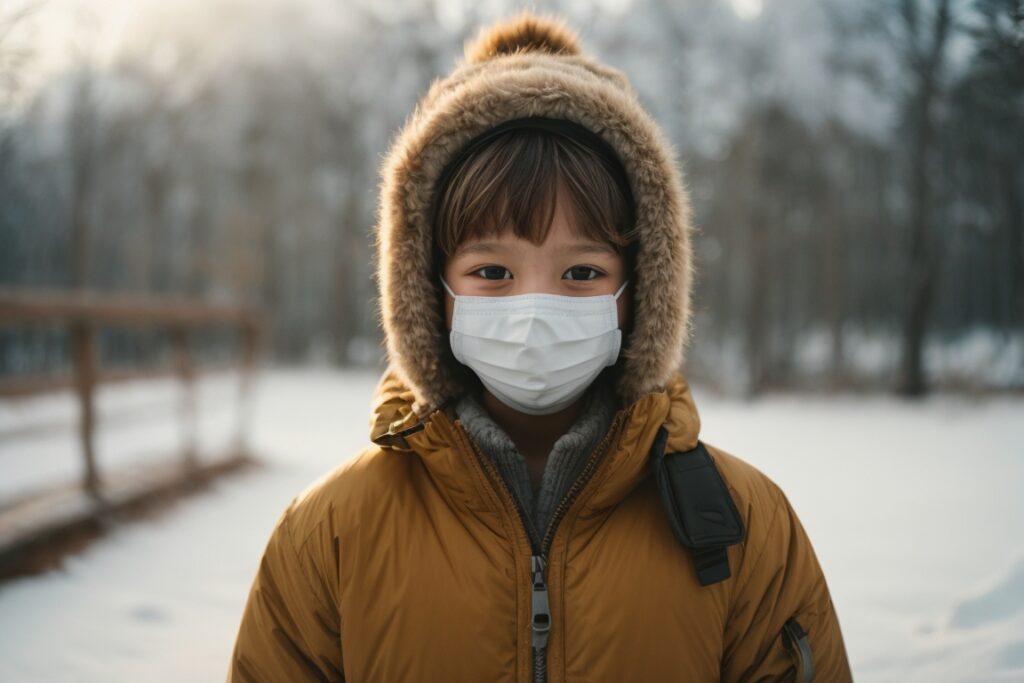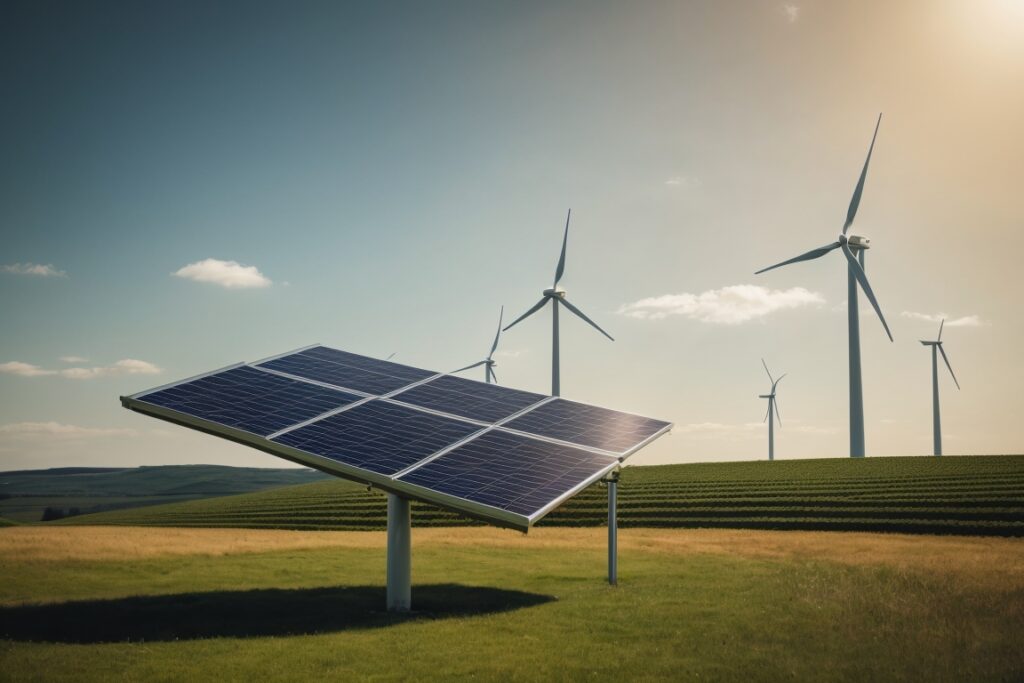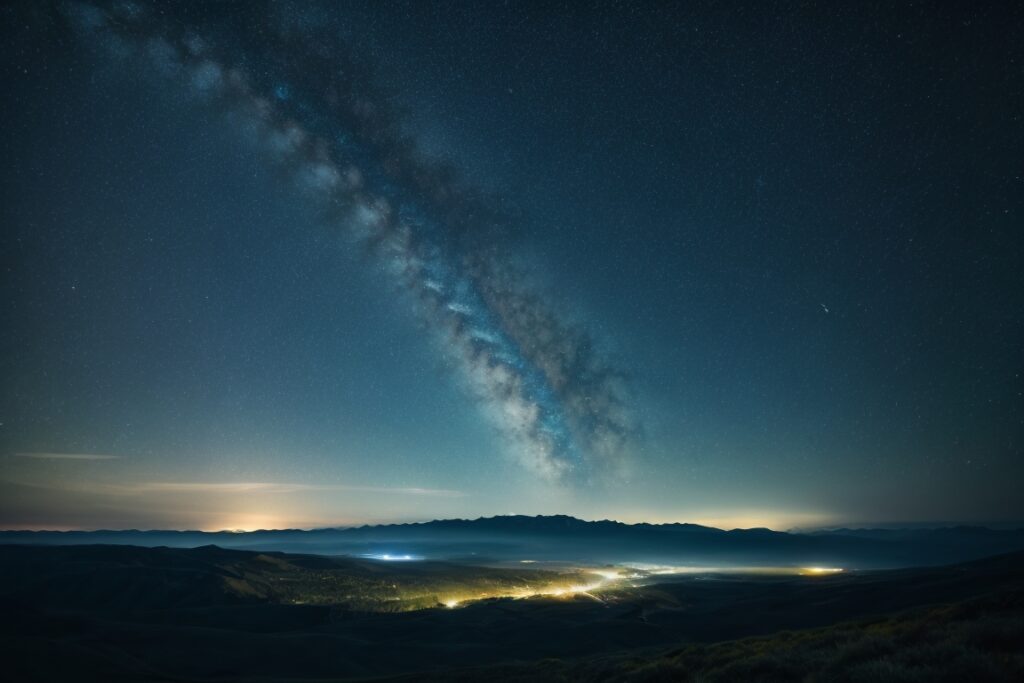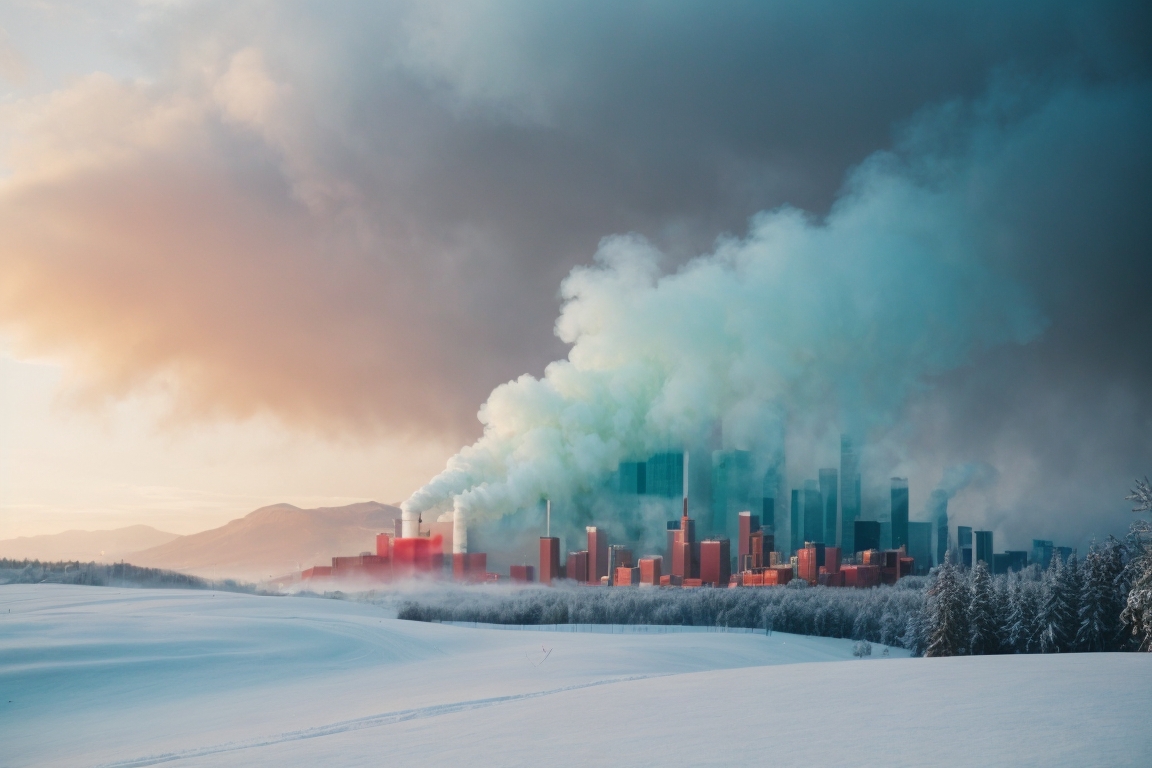As the days grow shorter and temperatures plummet, a familiar foe often rears its ugly head: air pollution. But why does this seem to happen more during winter? Is it just our imaginations, or is there something more to this seasonal spike?

The answer, my friends, lies in a complex interplay of meteorology, human behaviour, and atmospheric chemistry. Let’s delve into the key factors that contribute to the winter air pollution blues:

1. Trapped Pollutants: Imagine a warm summer day; air rises and circulates freely, carrying pollutants away from ground level. Now picture a cold winter evening. Colder air is denser and tends to sink, creating a stable atmosphere that acts like a lid, trapping pollutants close to the ground. This stagnant air becomes a suffocating soup, concentrating harmful particles like PM2.5 and smog.
2. Heating Habits: As the mercury dips, we crank up the heat. But whether we’re burning fossil fuels in furnaces or cozying up to wood-burning fireplaces, these combustion processes release harmful pollutants like carbon monoxide and nitrogen oxides into the air. These emissions add to the already trapped pollutants, further exacerbating the problem.
3. Meteorological Mayhem: Winter often brings with it calmer wind conditions, particularly in valleys and enclosed areas. This lack of wind circulation further hampers the dispersion of pollutants, allowing them to accumulate and concentrate in these areas.
4. Inversion Woes: In some regions, a phenomenon called temperature inversion can occur during winter. This happens when a layer of warm air traps a layer of colder air below it, creating a lid that inhibits vertical mixing of the air. This inversion acts like a double whammy, trapping pollutants near the ground and preventing them from dispersing upwards.
5. Don’t Forget Fireworks: In some parts of the world, festive celebrations coincide with winter months. The burning of fireworks releases a significant amount of harmful pollutants like particulate matter and sulfur dioxide, adding to the already elevated winter air pollution levels.

Combating the Winter Woes:
So, what can we do about this winter air pollution menace? Here are some ways to fight back:
- Be mindful of your heating choices: Opt for cleaner alternative heating sources like heat pumps or geothermal systems whenever possible. If using traditional methods, ensure proper maintenance and ventilation.
- Embrace energy efficiency: Reduce your overall energy consumption to minimize pollution from energy production.
- Reduce, reuse, recycle: Minimize your carbon footprint by adopting sustainable practices in your daily life.
- Stay informed: Monitor air quality levels in your area and take precautions when pollution levels are high, such as staying indoors or wearing a mask when venturing out.
- Advocate for change: Support policies and initiatives that promote clean air and hold polluters accountable.

Remember, clean air is a shared responsibility. By understanding the reasons behind winter air pollution and taking collective action, we can breathe easier and create a healthier environment for ourselves and future generations.

Let’s work together to ensure that winter nights are filled with twinkling stars, not choking smog.

Leave a Reply